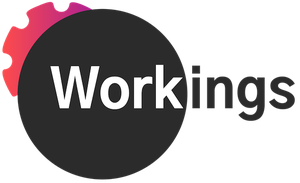- We had an excellent, formally trained business process engineer working with us on the bid: the smart and kind Everett Ross. Not only did he have ample public sector experience, his professional values aligned eerily well with ours—especially the importance of listening deeply and then effecting change with clients without losing sight of anyone’s dignity or personal worth.
- The information design and docs storage aspects of the project were a slam-dunk—directly applicable to our experience in content services. Further, the process improvement principles and deliverables Everett mapped out with us for the pitch felt familiar—similar to work we might have labeled in the ‘90s and ‘00s as, broadly, “technical documentation.”
Technical documentation explains how something works so others can use it effectively. Business process re-engineering, on the other hand, focuses on rethinking how work gets done to make it faster, cheaper, or better. They aren’t one and the same. But the process of creating a flowchart of an existing process is the first step in examining that process to find opportunities for improvement, and a new, optimized process isn’t really operationalized or scalable until it’s documented. The hinges of an organized, clear document (such as a Visio map) can swing open to support teams as they explore new ways of working, giving them shared language and essential boundaries for their discussions. Why ARE there six different layers of approval on a decision point? To the chart! Let’s move some shapes around and see if we can ease some organizational pain.
We’re beginning to talk about content in a new way with our team and prospective clients: content not just as a static deliverable, but as a tool that can help our clients diagnose problems, make decisions, and implement solutions. Content is part of the business workflow, not just a record of it—it’s almost alive, moving, facilitating change.
I’m calling this idea “content in action.”
What do you think—will the term catch on? I’m at kreilly@steyer.net and I’d love to hear from you.
Thanks,
Katelyn
Photo by kilarov zaneit on Unsplash



